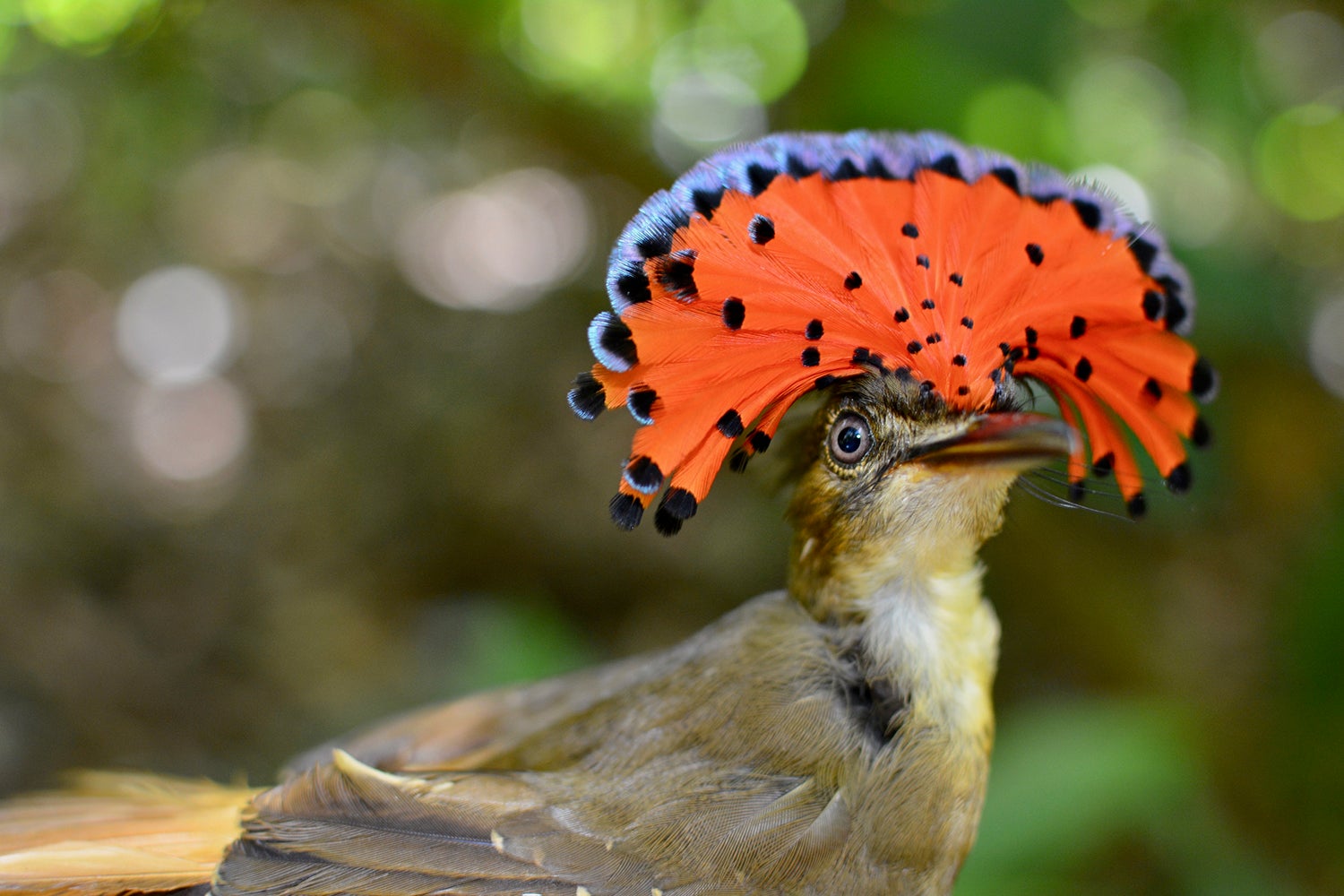
It seems intuitive that forests would provide better habitat for forest-dwelling wildlife than farms. Yet, in one of the longest-running studies of tropical wildlife populations in the world, Stanford researchers found that over 18 years, smaller farms with varying crop types – interspersed with patches or ribbons of forest – sustain many forest-dependent bird populations in Costa Rica, even as populations decline in forests.
In a paper published Sept. 4 in the Proceedings of the National Academy of Sciences, Nicholas Hendershot and colleagues compared trends in specific bird populations across three landscape types in Costa Rica: forests, diversified farms, and intensive agriculture. The steepest declines were found in forests, then in intensive agriculture (and the species succeeding in intensive agriculture were often invasive). But on diversified farms, a significant subset of bird species typically found in forests, including some of conservation concern, actually increased over time.
“Birds are kind of a proxy we use to track the health of ecosystems. And the birds we’re seeing today aren’t the same as we saw 18 to 20 years ago. This paper really documents this pattern,” said Hendershot, a postdoctoral fellow at the time of this research in Stanford’s Department of Biology in the School of Humanities and Sciences (H&S), the Stanford Center for Conservation Biology (CCB), and the Stanford-based Natural Capital Project (NatCap).
Food security at stake
While this research implies that diversified farming could be key for biodiversity, the relationship goes both ways: biodiversity is key for food security. In this case, that means having a variety of types of birds feeding on insects and helping to pollinate crops.
“Identity does seem to matter a lot for pest control and other ecosystem services birds provide. These species are not interchangeable,” said Hendershot.
“We need a constant stream of pollinators servicing farms. About three-quarters of the world’s crops require pollinators to some extent, and that 75% is our most nutritious food – think of all the vitamins and minerals packed into fruits, nuts, and veggies,” explained Gretchen Daily, faculty director of NatCap and CCB, Bing Professor of Environmental Science in H&S, and a senior author on the paper. “We need a constant stream of birds, bats, and other wildlife to help control pests: they suppress the vast majority naturally. And we need to start building flood protection, water purification, carbon storage, and many other vital benefits back into agricultural landscapes, way beyond what can be achieved in protected areas alone.”
Daily also noted that, in terms of food production, diversified farms are not necessarily lower yielding than intensive agriculture. “This is a recent assumption that is being overturned,” she said.
Beyond protected areas
It has become increasingly apparent around the world that while protected areas remain critical, they are too few and far between to provide the ecosystem services people and nature need to thrive. Working landscapes are crucial now for preserving biodiversity and its benefits. “People, including scientists, had the idea that farmland would not support a meaningful amount of biodiversity,” said Daily. In this case, not only are diversified farms themselves providing habitat, they connect otherwise fragmented forested areas.
Over time, Hendershot said, “I have moved away from the ‘fortress conservation’ model, which focused more on creating protected areas separate from human activities, and see more and more how much potential there is outside of forests. The forests are key – we need them, of course. But in addition to that, I’m always surprised by how important how you manage a farm is for biodiversity.”
“We believe the findings of our research are new to science, but in a sense, it merely confirms what Indigenous communities around the world have already known for a long time, which is that humans can and should have reciprocal relationships with the rest of the local ecological community they are part of,” said Tadashi Fukami, a professor of biology in H&S and of Earth system science in the Stanford Doerr School of Sustainability and a co-author of the paper.
Incentivizing farmers
In the 1980s and 90s, deforestation was occurring in Costa Rica at the fastest rate ever seen on a country scale. Then, they turned it around – becoming a renowned model of success. By setting up the world’s first countrywide payment for ecosystem services (PES) program, Costa Rica reversed this trend: today, forests cover almost 60% of its land, up from 40% in 1987.
The country currently aims to double the amount of protected forest in just a few years. In its existing PES program, any landowner can receive money for reforesting even small parts of their land. Now, the government is also working toward a new PES program to incentivize farmers to adopt best management practices.
This study will help inform Costa Rican policymakers in understanding the benefits provided over time by different farming practices. Said Daily, “We need to recognize the vital work many farmers are doing that supports biodiversity.”

